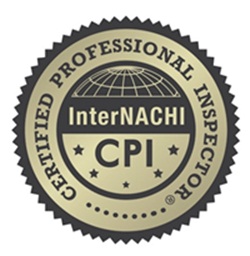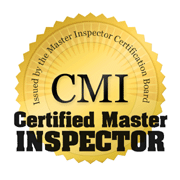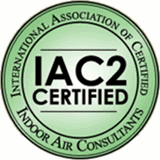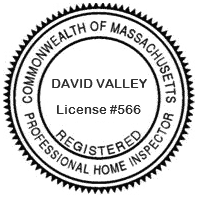Massachusetts Home Inspections YOUR INVESTMENT IS MY CONCERN

Knob and Tube Wiring
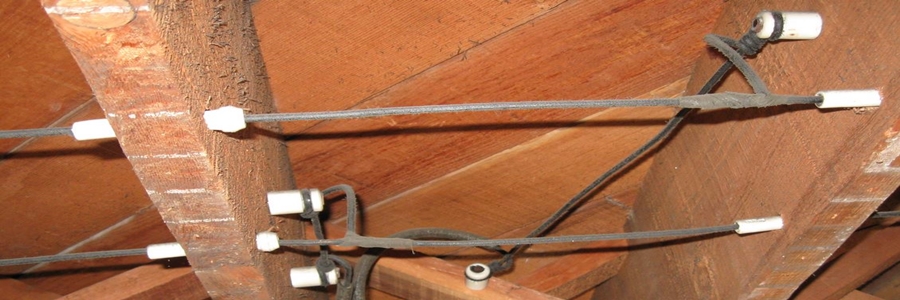
Knob and tube wiring gets its name from the installation method. Ceramic tubes are used to guide the cloth-covered wires through the wood framing of the house, and the knobs are placed when the wires run along or next to the wood framing. The two wires—without a ground wire—are spaced approximately four to six inches apart. One wire is the black "hot" wire, and the other is the white "neutral" wire. Unlike modern wiring, most knob and tube wires do not have different colored insulation jackets. All connections in knob and tube wiring are open and visible, with wires typically spliced and soldered together, often secured with older fibrous electrical tape. If the electrical tape is not cloth-covered, it indicates an unprofessional splice. These splices should be upgraded by a licensed electrician who will properly install these splices in a junction box to meet modern safety standards.
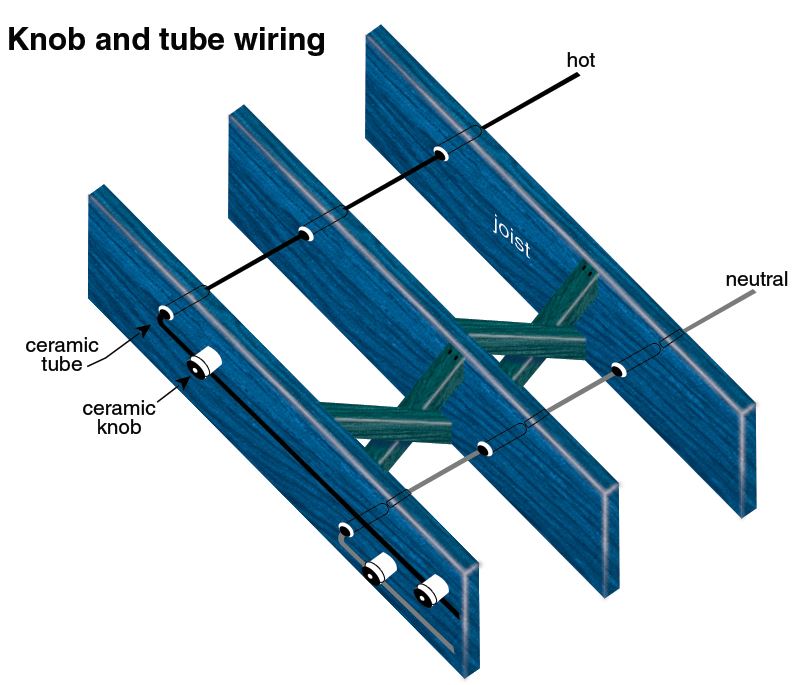
Knob and tube wiring was commonly installed in Massachusetts homes until around 1945, with some rural areas continuing to use it until about 1950. As mentioned earlier, knob and tube wiring does not include a ground wire, which is necessary for modern appliances with a third prong in the plug. However, if the knob and tube wiring is limited to bedrooms, this may not pose a significant safety hazard. Plugging in a two-prong lamp or clock is just as safe as using a three-prong grounded outlet in that context. That said, with today's technology and the prevalence of three-prong appliances, it's important for the average family to have at least one grounded receptacle installed in each room to ensure a safer and more convenient living environment.
Knob and tube wiring is not inherently dangerous. If it was installed properly, the insulation around the wire is in good condition, it hasn't been over-spliced or improperly connected, and it isn't buried in house insulation, it can continue to provide many more years of reliable service. The real risk arises when the wiring has been tampered with or abused by homeowners. On its own, knob and tube wiring does not present a significant hazard. However, if the wiring is located on top of the attic floor (which many are not, due to insulation upgrades), it could be easily nicked or have its insulation worn off, creating a safety concern. If knob and tube wiring is in a high-traffic area or even an area used for storage, I strongly recommend that it be properly protected or replaced to ensure safety.
While knob and tube wiring can be a functional system and is safe when installed and used properly, there are several concerns with this electrical system today:
• There is no ground wire, which is essential for meeting modern safety standards and lifestyle requirements. See "Ungrounded Outlets" for more information.
• There is a concern that the hot and neutral wires could come into contact with each other, posing a potential fire and safety hazard.
• The rubber and cloth insulation around knob and tube wiring deteriorates over time, becoming brittle, which can pose a potential fire and safety hazard.
• Maintaining or installing this type of wiring today would be cost-prohibitive.
• More importantly, many mortgage companies are now refusing to finance homes, and insurance companies are declining to provide homeowners insurance for properties with active, live knob and tube wiring.
• Knob and tube wiring should not be run in or under insulation, which is a common issue when attics or exterior walls are insulated in Massachusetts. Older wiring was installed in open spaces to allow for cooling, as the rubber insulation around the wires burns at relatively low temperatures. When surrounded by house insulation, the wires cannot cool properly and could overheat, potentially causing a fire. If an older home is being insulated, it’s crucial to remove all knob and tube wiring and replace it with modern Romex wiring before adding insulation. This is one of the primary reasons insurance companies often refuse to insure homes with knob and tube wiring—they worry that homeowners will inadvertently bury the wiring during insulation upgrades.
• Many modern appliances use a three-prong plug, with the large round prong serving as the ground. Homeowners with knob and tube wiring often use three-to-two prong adapters for these appliances, which bypass the ground safety circuit. This is especially risky when plugging in devices like computers or televisions, as they rely on the ground wire to dissipate harmful static electricity. Without a proper ground, both your safety and your equipment are at risk.
• Using knob and tube wiring for wall outlets presents a higher risk of hazards. Everyday items in places like the bathroom can easily overload a 15-amp circuit. For example, a 1500-watt hair dryer, a 300-watt curling iron, and a light bulb together will certainly exceed the 15-amp limit, increasing the risk of overheating or fire.
A cost-effective strategy for older homes is to abandon any electrical outlets wired with knob and tube and have a licensed electrician install new, grounded outlets using modern Romex wiring. The existing knob and tube wiring for overhead lighting can remain in service if insulation is not added in the cavity where the wire is installed. However, I still recommend eventually updating and replacing all of the old wiring due to the potential issues I’ve previously discussed.
Here is what my clients have to say about my home inspection services:
Press F5 (on your keyboard) for additional testimonials
Hi Dave,
I was very impressed with you on Monday when we met in Peabody . I have never seen a home inspector spend 4 hours doing the most total inspection you did. And not only doing the inspection but educating your client at the same time.
I am sending you a new client, his name is Norman C. He is a good friend of mine. He is buying a house in Wenham on lake street and asked if I knew a "good" home inspector.
I have seen a lot of home inspectors over the years. The general contractor who couldn't make it on his own and thought that being a home inspector was another way of making money. But, all the while feeding his bad information along with his bad practices. David, your not that guy. I put you in the top 5% of all the home inspectors I've seen in the past 25 years. Well done!
David Carnevale
Owner 1-800-PLUNGER


